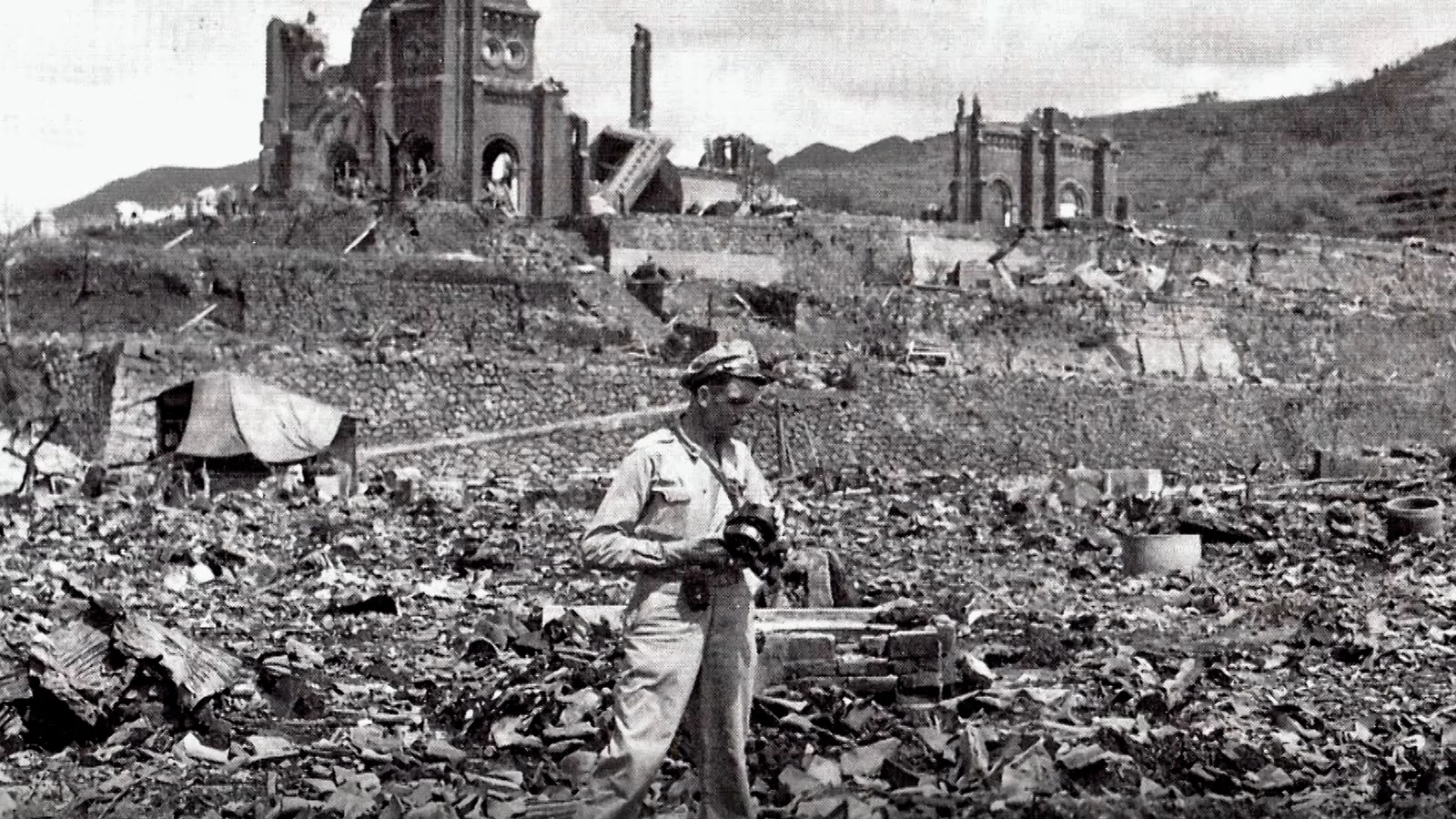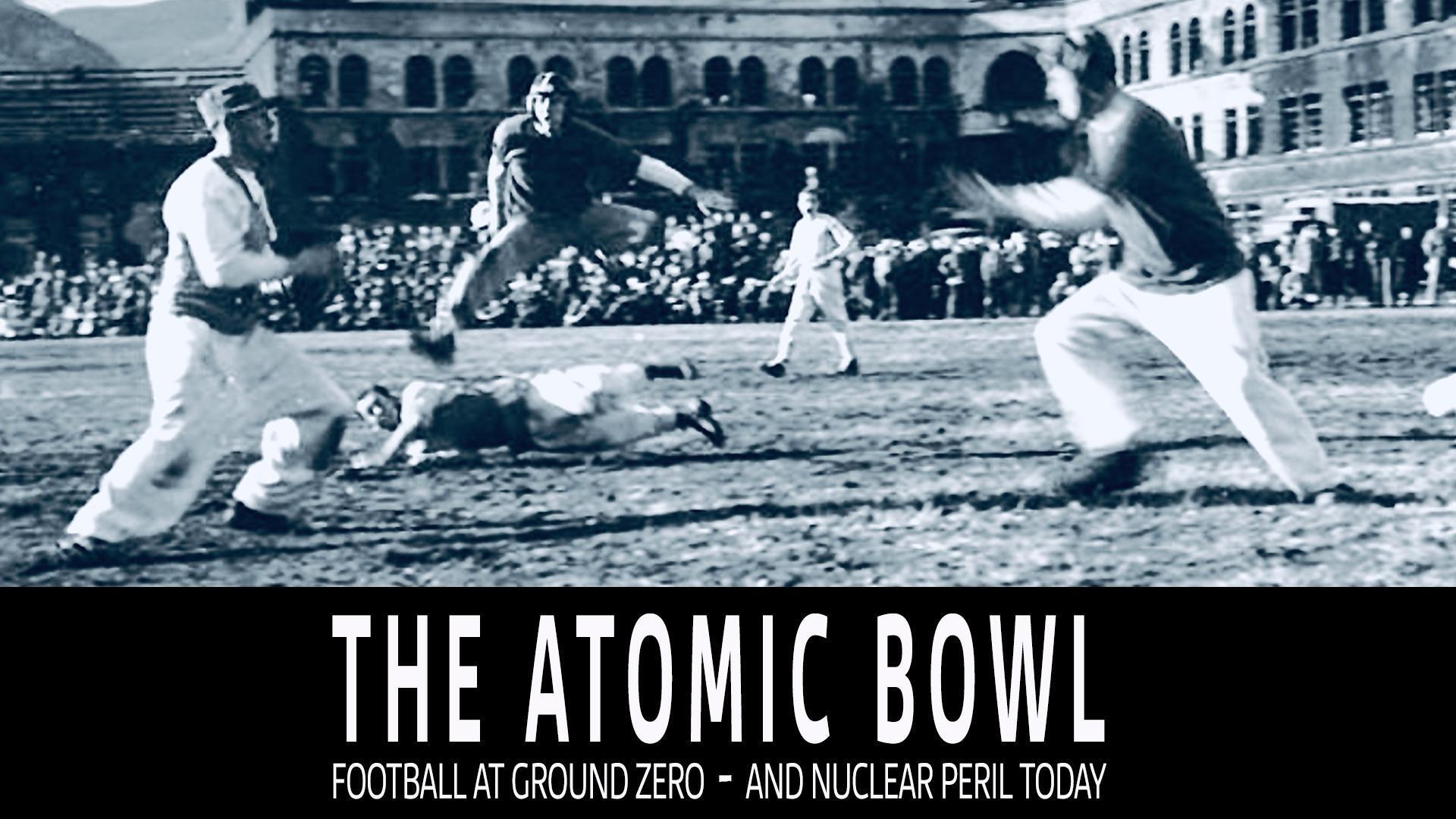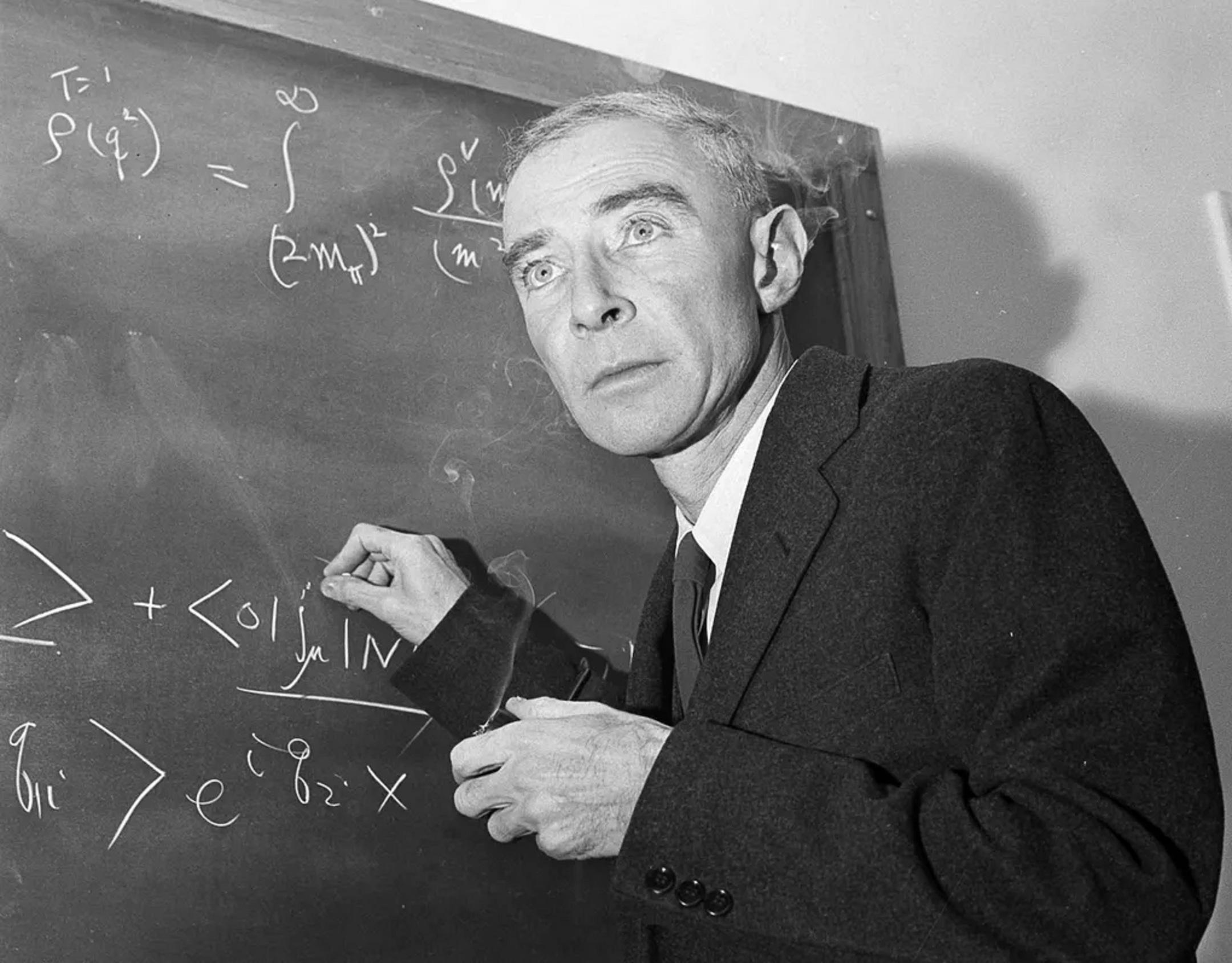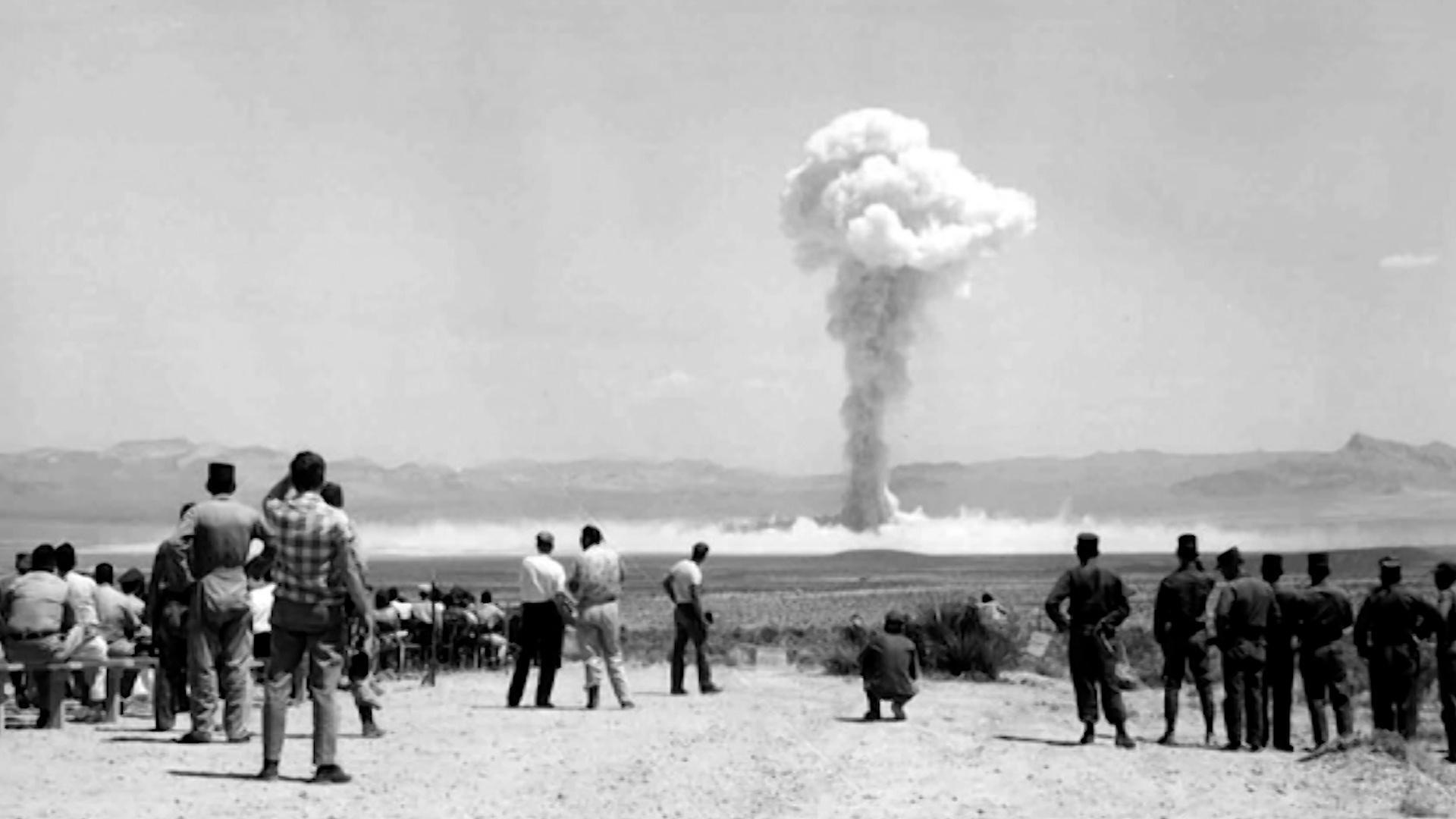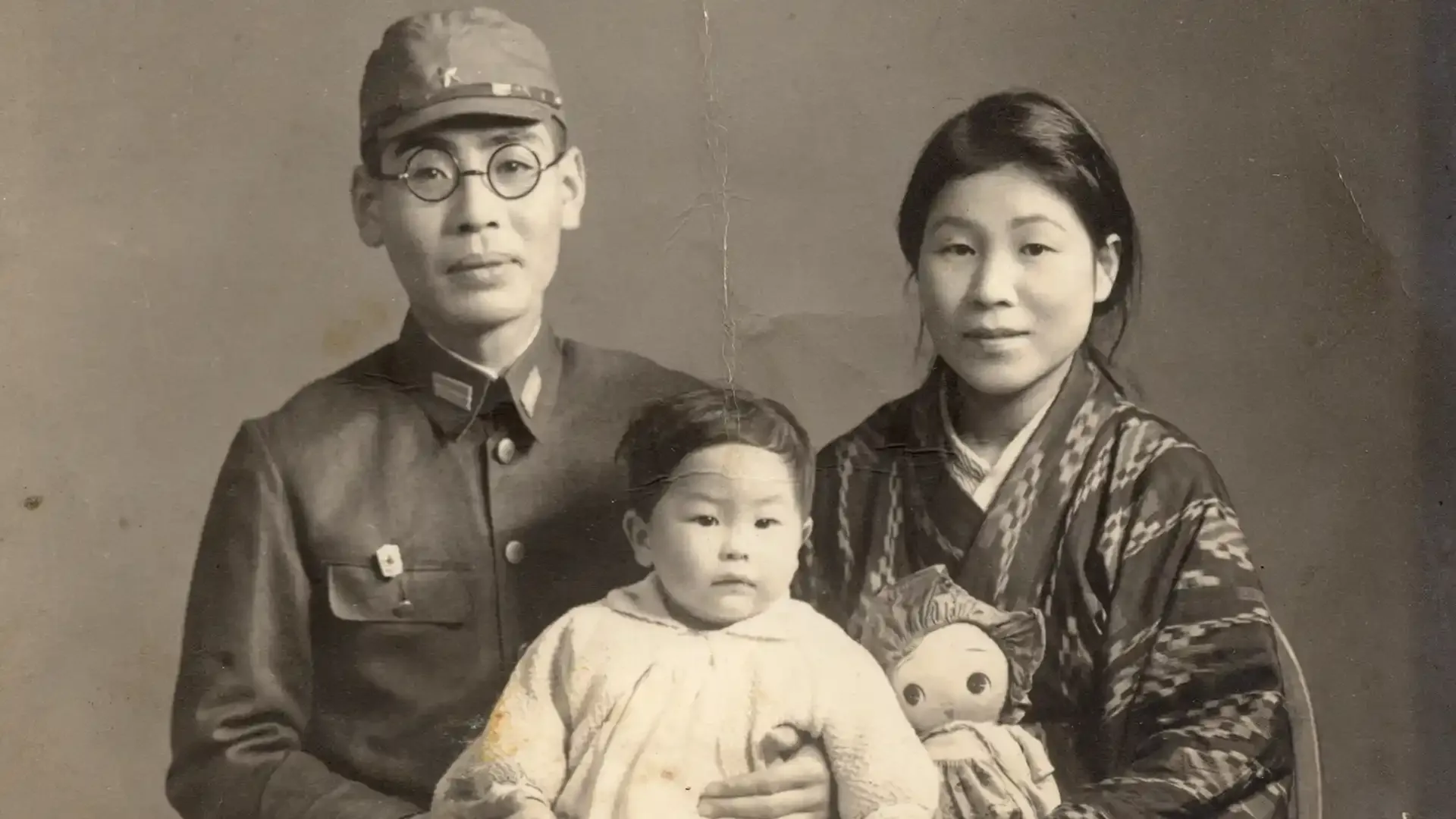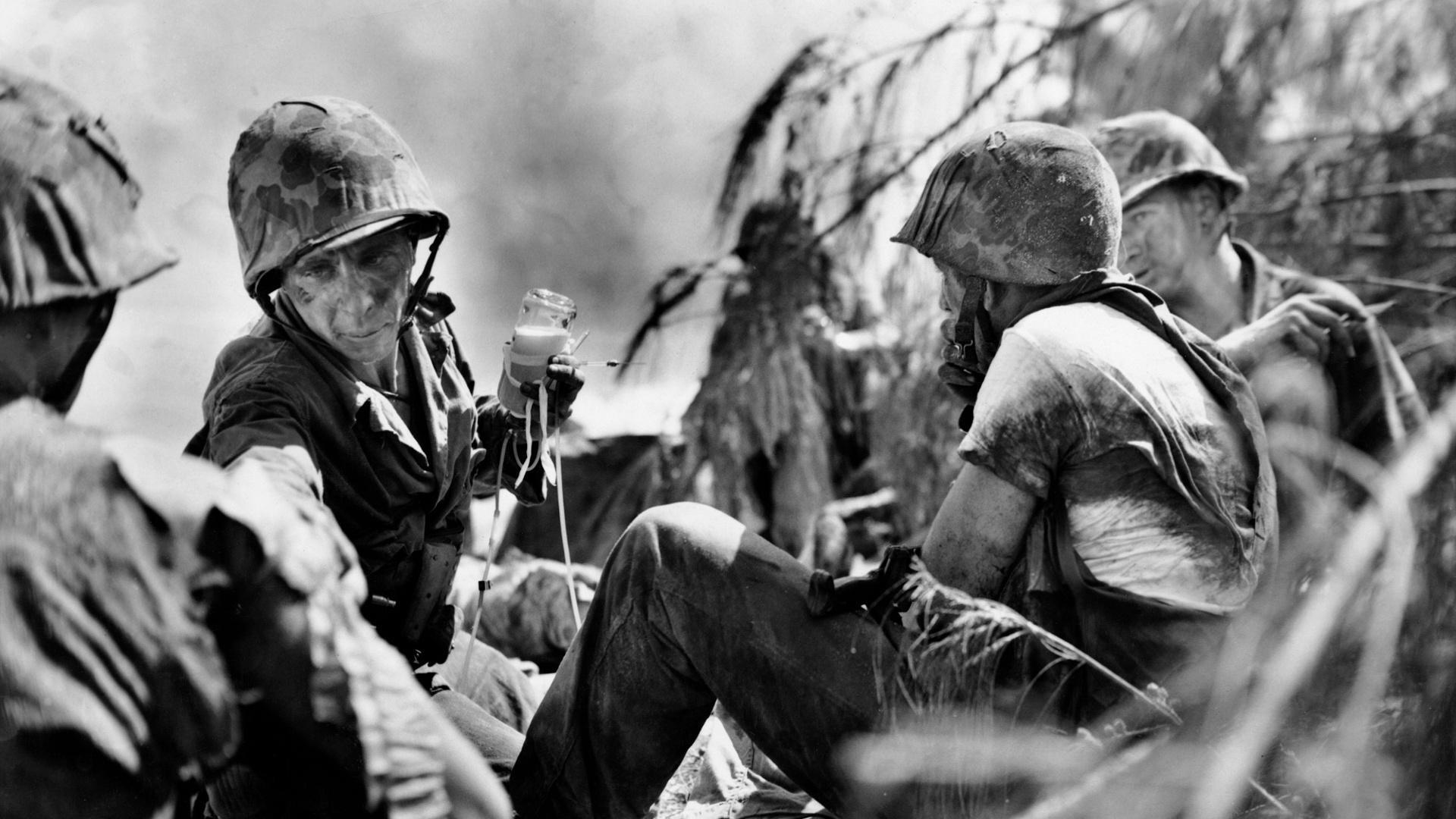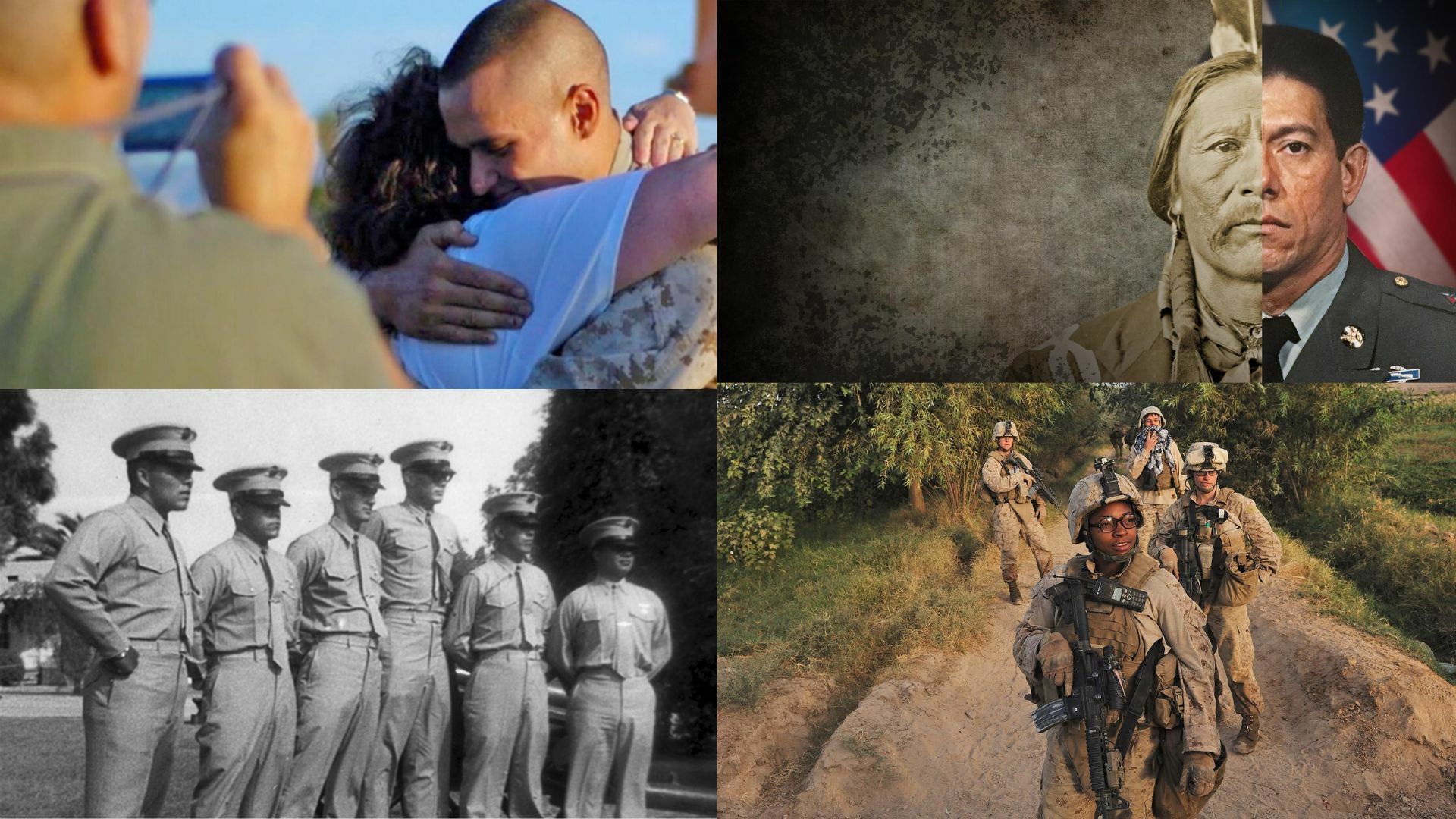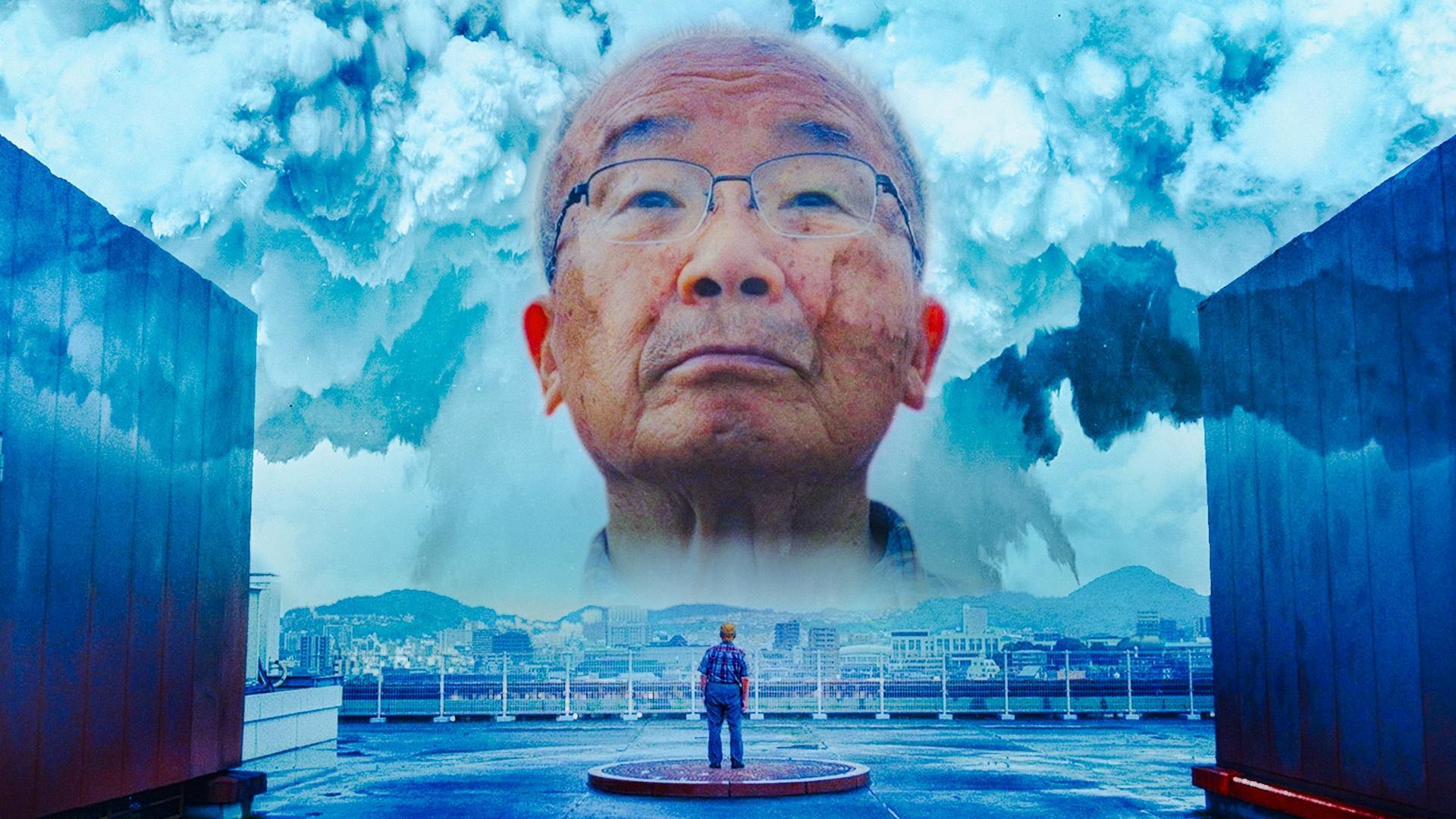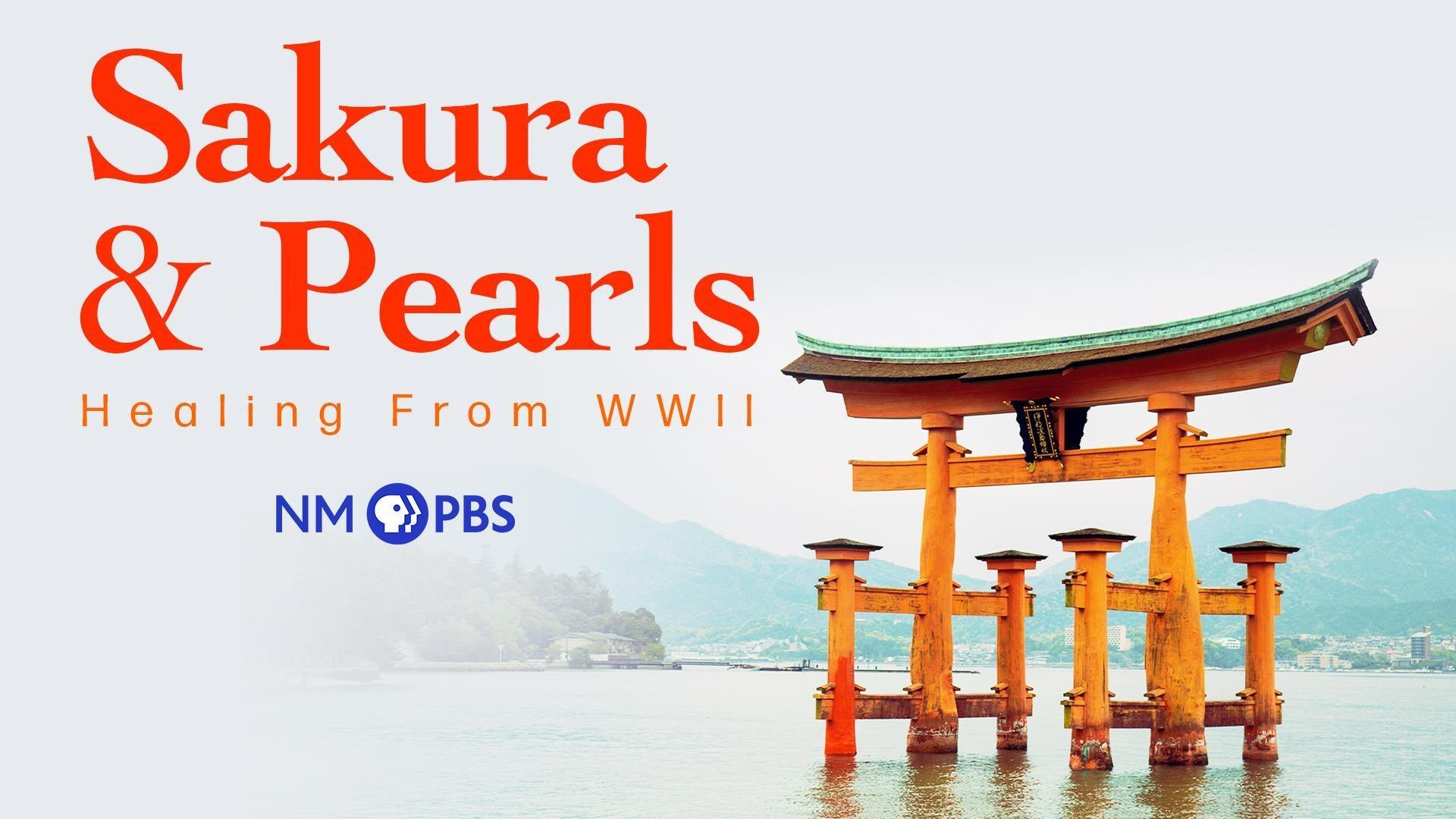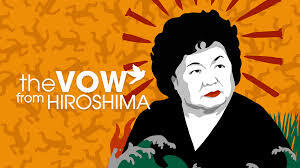U.S. History Documentaries About World War 2 and the Making of the Atom Bomb
Timeline: The Making of the Atom Bomb
The United States began developing the atom bomb in military effort called the Manhattan Project. The race to create this weapon kicked off after three chemists in Berlin, 1938, split a uranium atom for the first time and discovered the immense power of nuclear fission. This scientific discovery triggered concern by the United States government that Germany would soon develop and deploy an atomic bomb. Remember that Germany had already invaded Austria, Czechoslovakia, and Poland by the end of 1939 so President Franklin Roosevelt green-lit the creation of the U.S. Army Corps of Engineers Manhattan District (established in 1942) that oversaw the Manhattan Project.
General Leslie Groves assembled a team of scientists and engineers to begin work on the creation of an atom bomb in a remote, top-secret facility in Los Alamos, NM. At the center of the work were well-known scientists like Manhattan Project director J. Robert Oppenheimer and physicists Lise Meitner, Hans Bethe, Edward Teller, and Enrico Fermi. There were also thousands of other scientists and engineers who worked on the that changed the world forever. Many of those people who worked on the Manhattan Project had no idea that their scientific research was aiding the development of a weapon of war. They just knew they were part of the war effort.
In July of 1945, the first atom bomb was detonated in Alamogordo, New Mexico. It was called the "Trinity" test, and it was deemed a success. Three weeks later, on August 6, 1945, an atomic bomb (code-named "Little Boy") was dropped on the city of Hiroshima, a city on Japan's Honshu Island. On August 9, 1945 another atomic bomb (this one code-named "Fat Man") was used against Japan, this time it was dropped over the city of Nagasaki. The bombs had been transported across the Pacific in secret via the U.S.S. Indianapolis, then dropped over Hiroshima and Nagasaki by the B-29 Superfortress bomber called the "Enola Gay." By the end of 1945, 140,000 people died from bomb-related causes in Hiroshima and there were 70,000 bomb-related deaths in Nagasaki.
On August 15, 1945, Japan surrendered, marking the end of World War II. The German Third Reich had surrendered three months earlier on May 7, 1945.
On August 1, 1946, President Harry Truman signed the Atomic Energy Act, which transferred control of the nation's nuclear program from military to civilian control. The following year, the Manhattan Engineer District was abolished, formally ending the Manhattan Project.
PBS Editor's Note: This page is updated regularly as new information and/or PBS programs on this topic become available to stream.
The Bomb
Watch the full documentary with Passport
A powerful story of the most destructive invention in human history, outlining how America developed the nuclear bomb, how it changed the world and how it continues to loom large in our lives. Witness the raw power and strangely compelling beauty of rare views of above-ground nuclear tests.
To create the atom bomb, a vast industrial complex is built with cities appearing out of nowhere. Thousands of workers are recruited, but are told only enough to do their own job, nothing more. Yet despite the urgency of the crisis, a huge pool of potential talent is virtually ignored. Women are typists and secretaries, and run schools and libraries. But scarcely any scientists or engineers are women.
The Trials of J. Robert Oppenheimer
From American Experience: In the Spring of 1954, the U.S. government put J. Robert Oppenheimer, the country's preeminent atomic scientist and the man behind the atomic bomb, on trial for national loyalty. The setting was a hearing to determine the status of Opppenheimer's security clearance, but the drama that unfolded was a parade of all the fears of a paranoid Cold War government desperate not to be outgunned.
Truman on Ending a War: Atomic Bombs
From American Experience: Truman understood the repercussions of dropping an atomic bomb on Hiroshima.
For more on World War 2's Pacific Theatre you can watch American Experience's "Victory in the Pacific" documentary.
Veteran Stories

The PBS 'What to Watch' Weekly Newsletter
What to Watch delivers the best shows and content PBS has to offer each week.
Documentaries About Japanese Survivors of the Atomic Bombs Used in WW2
Cold War Secrecy
From the series Lost LA: The Cold War had a profound impact on Southern California's infrastructure, revealing a landscape rife with secrets underneath. Host Nathan Masters explores artifacts from LA's military and aerospace industries throughout the city as he uncovers how federal investments transformed the region, simultaneously creating a wealth of opportunity while cloaking the area in a culture of secrecy.
In this clip, Nathan Masters interviews photographer Ken Hackman about his role filming atomic tests at Lookout Mountain.
Support your local PBS station in our mission to inspire, enrich, and educate.

